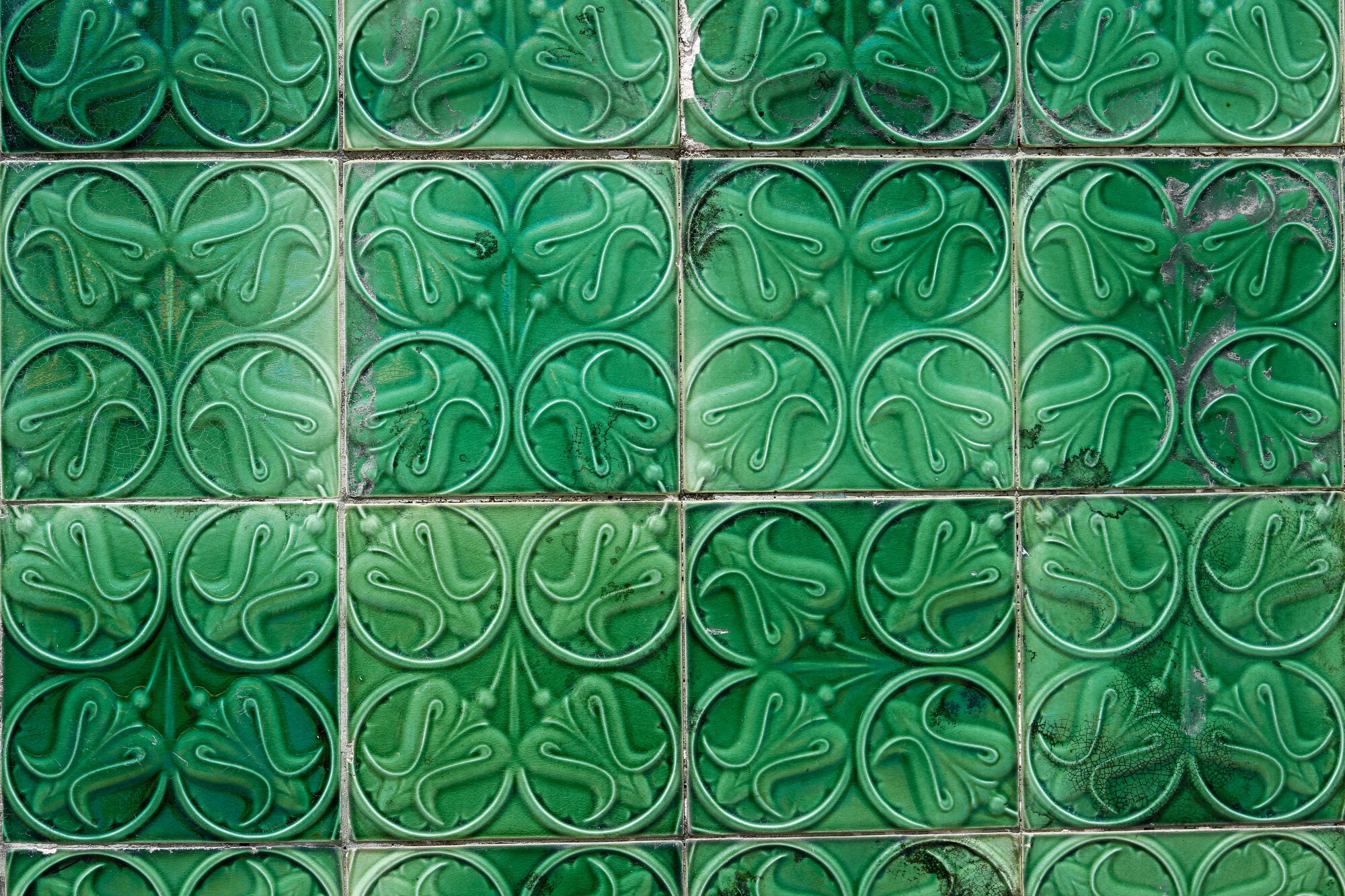Porcelain vs Ceramic Tiles: What Are the Differences?
 Do you need help deciding whether to go with porcelain vs ceramic tiles? Is it confusing to know the differences between the two?
Do you need help deciding whether to go with porcelain vs ceramic tiles? Is it confusing to know the differences between the two?
With the market weighing in with so many different types of tiles, the choice can prove confusing. It will help if you choose tiles that look stylish and appealing to the eye and offer outstanding performance.
In this blog post, we will explore the differences between porcelain and ceramic tiles – from manufacturing to the benefits for areas like bathrooms and flooring.
Table of Contents
What Are Porcelain Tiles?
Porcelain is made from finely ground sand and other minerals, which makes it one of the hardest and most durable tiles you can buy. It is waterproof, won’t get dirty or scratched, and can handle high temperatures and humidity.
Porcelain tiles don’t need a sealant, making them easier to keep clean and maintain than other tiles. They are also usually easier to put in place.
What Are Ceramic Tiles?
Ceramic tiles are often used to tile floors, walls, and countertops. They are made by baking a mixture of clay, sand, and other minerals at a high temperature, which makes the mixture hard and creates a tile.
Ceramic tiles can have a smooth or textured surface, which gives them a unique look in any room or environment. The tiles vary in size, strength, finish, and price, so that you can use them in many different ways.
What Should You Choose Between Porcelain vs Ceramic Tiles?
Porcelain vs ceramic tiles can be a difficult decision regarding home decorating. Here are some factors to consider:
Durability
Porcelain and ceramic tiles are extremely durable but still have a few key differences. Porcelain tiles are denser and harder, making them more resistant to wear and tear than ceramic tiles.
Ceramic tiles are more prone to scratches and chips than porcelain tiles. Porcelain tiles, on the other hand, are great at standing up to harsh climates, as they can withstand cold and heat without warping or peeling.
Absorption Rate
Porcelain tiles are manufactured from clay, quartz, and minerals. Yet, their water absorption rate for a standard glazed tile is 0.5% or less. On the other hand, ceramic tiles, although made of similar materials, have a much higher absorption rate of 7-10%.
These tile types are the perfect low-maintenance option for kitchens and bathrooms. Still, it is important to consider the absorption rate when making your final decision because it absorbs more liquid and is more apt for dirt and staining.
Cost
In general, porcelain tiles are more expensive than ceramic tiles. Ceramic tiles typically range from $2 to $3 per square foot, while porcelain tiles can cost as much as $10 per square foot.
The cost may vary depending on the manufacturer, size, and style. Still, the overall cost for porcelain tiles tends to be higher than for ceramic tiles due to the different materials used in manufacturing the tiles. View these ceramic products to learn more.
Choose What Fits for You
Overall, both tiles are attractive and popular for many home decor applications. Still, there are some distinct differences between porcelain vs ceramic.
If you’re looking for a smart, beautiful, and well-executed design solution, these two materials are most certainly worth researching further. So why not get started and find the perfect tile for your home?
Did you find this article helpful? If so, be sure to check out our blog for more informative content like this.









